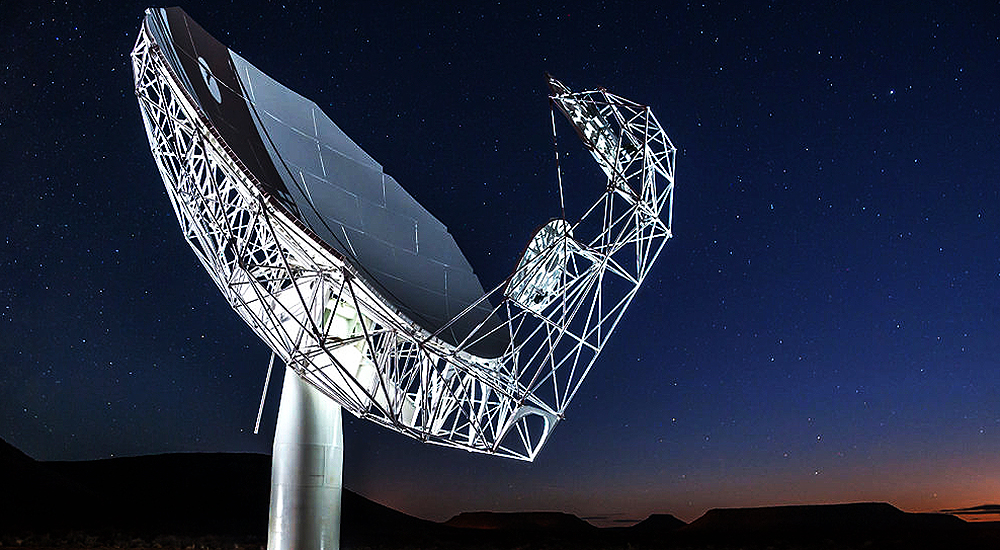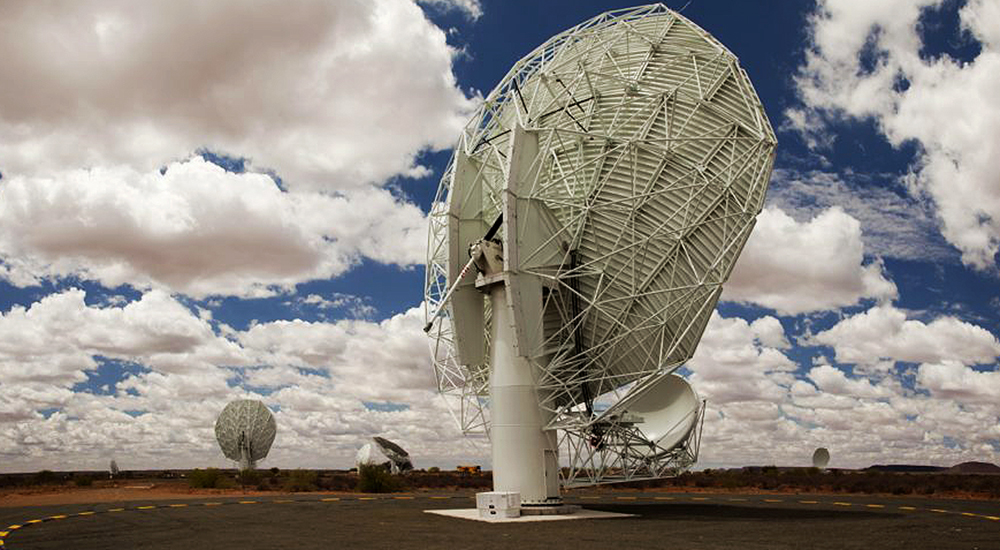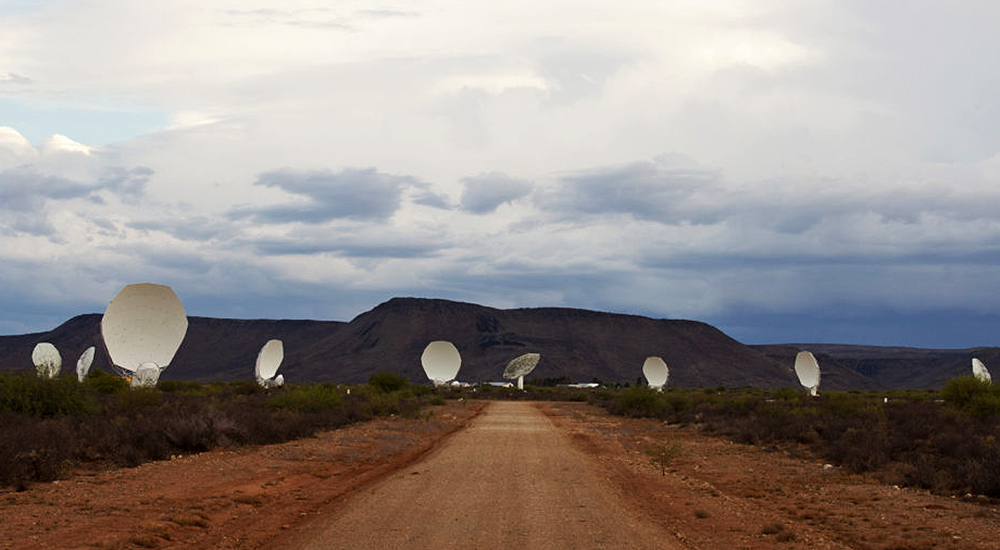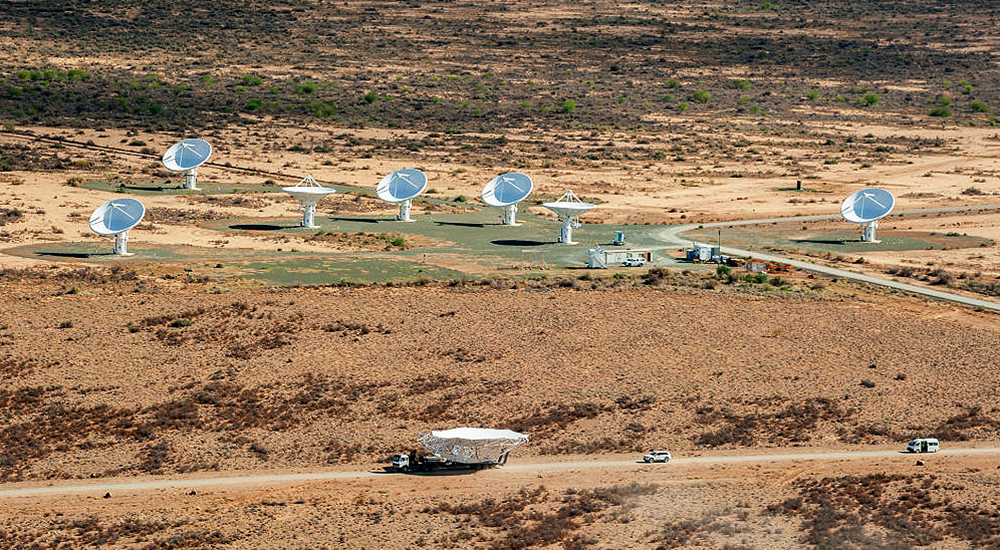Radio astronomy driving big data computing in South Africa
With the growing demand for big data facilities in research and business, the Department of Science and Technology, South Africa continues to invest in growing the country’s cyberinfrastructure. The investment is also a boost to local universities that will be taking the lead in these initiatives. The Department of Science and Technology will invest a total of approximately R60 million over three years on the establishment of the national e-science teaching and training platform and the regional data centre.
The Department of Science and Technology believes cooperation of South African universities and research councils on such strategic matters is important for the country’s future. The big data revolution involves a transition in which data becomes a new resource for economic development, and success or failure depends on the capacity to manage and manipulate massive volumes of data in order to extract information.
In furthering implementation of the National Integrated Cyberinfrastructure System, the Department of Science and Technology and its entity the Council for Scientific and Industrial Research have made two awards to establish additional cyberinfrastructure projects.
Currently, National Integrated Cyberinfrastructure System consists of the Centre for High Performance Computing, the South African National Research Network, and the Data Intensive Research Initiative of South Africa. These are managed by the Council for Scientific and Industrial Research, Meraka Institute.
The first additional cyberinfrastructure project involves the establishment of an initial regional data centre, others could follow, that will eventually form a national network, supporting a wide range of data-intensive scientific activities as part of National Integrated Cyberinfrastructure System.
This data centre will be a shared resource, focused initially on astronomy and bioinformatics, supporting major initiatives such as the MeerKAT, Square Kilometre Array and the Department of Science and Technology’s Bio-economy Strategy. A consortium, led by the University of Cape Town, has been awarded this project.
The second project centres on the establishment of a national e-science teaching and training platform. This facility is intended to lead the development of suitable curricula and pedagogic interventions to advance the training of postgraduate students in the rapidly developing cross-discipline of e-science. This project has been awarded to a consortium led by the University of the Witwatersrand.
With the vast Northern Cape being home to mega astronomy initiatives like the MeerKAT, Square Kilometre Array and the Southern African Large Telescope, it is important to note that the province’s new Sol Plaatje University will be involved in both consortia.
The university’s strategic focus is on information technology skills development, and the province will benefit from these projects. The Department of Science and Technology is keen to see the province’s young people skilled as a result of such initiatives so that they can take up opportunities offered by the astronomy projects in the area.
The Square Kilometre Array is an international effort to build the world’s largest radio telescope, one hundred times more sensitive than any current radio telescope. The vast amounts of data to be obtained with Square Kilometre Array, one of the world’s leading big data experiments, is encouraging significant research and development in digital signal processing, data storage, and analysis techniques that may have broader applications.
As one of the largest scientific endeavours in history, the Square Kilometre Array will bring together a wealth of the world’s finest scientists, engineers and policy makers to bring the project to fruition. Square Kilometre Array will be built in two phases: Square Kilometre Array1 and Square Kilometre Array2 – starting in 2018. Square Kilometre Array1 will include two components – Square Kilometre Array1 MID to be built in South Africa and Square Kilometre Array1 LOW to be built in Australia; they will observe the universe at different radio frequencies.
MeerKAT is a precursor to the Square Kilometre Array and follows the KAT-7 telescope which was an engineering testbed for MeerKAT. MeerKAT is funded by the South African Government and is a South African designed telescope with 75% of its value sourced locally. MeerKAT also represents a sizeable international research and development investment for South Africa. MeerKAT will be an integral part of Square Kilometre Array Phase 1.
Stratosat Datacom, the contractor for the design, manufacturing and acceptance of the MeerKAT Antenna Positioner, leads a technology consortium including international partners General Dynamics Satcom and Vertex Antennentechnik. At least 75% of the contract value will be spent in South Africa resulting in most of the MeerKAT antenna components being manufactured in South Africa. Key local suppliers include Efficient Engineering, Titanus Slew Rings, Tricom Structures and Namaqua Engineering, Westarcor Engineering and General Profiling and Stratosat.
An important aspect of the Square Kilometre Array site decision in 2012 was that MeerKAT would be part of the sensitive Square Kilometre Array Phase 1 array, which will be the most sensitive radio telescope in the world. Upon completion at the end of 2017, MeerKAT will consist of 64 dishes and associated instrumentation. Square Kilometre Array1 MID will include an additional 133 dishes, bringing the total number for Square Kilometre Array1 MID to 197.
https://youtu.be/Zi4_Fv8s59k
In November 2013, as part of its collaboration with South Africa’s Square Kilometer Array, Intel South Africa launched several community projects in the tiny Karoo town of Carnarvon to propel the surrounding communities into the Information Age.
Intel is working with the Square Kilometre Array and the Department of Science and Technology to supply computers, educational materials, teacher training and internet access to the Carnarvon community centre and five schools in the three towns closest to the main Square Kilometre Array site – Carnarvon, Williston and Van Wyksvlei.
These schools form part of the Square Kilometre Array e-Schools project, a R2.5m project which will see a total of 10 classrooms and community centre equipped with ClassMate computers, teacher laptops, content, servers and printers in mobile trolleys from Smartlabs, and free curriculum-based learning solutions through Intel’s recently launched Explore and Learn Education solution. Each of the schools and community centre will receive a server for hosting purposes as well as internet access, while Carnarvon High School will also receive a mobile science lab from SmartLabs. The teachers in each of these communities will be taught how to use the computer equipment as part of Intel’s Teach programme.
Intel’s Director of High Performance Computing for sub-Saharan Africa, Hannes Steyn, says that for the surrounding communities to benefit from the Square Kilometre Array deployment, learners need to be exposed to maths and science skills from an early age, and communities need to be given internet access.





